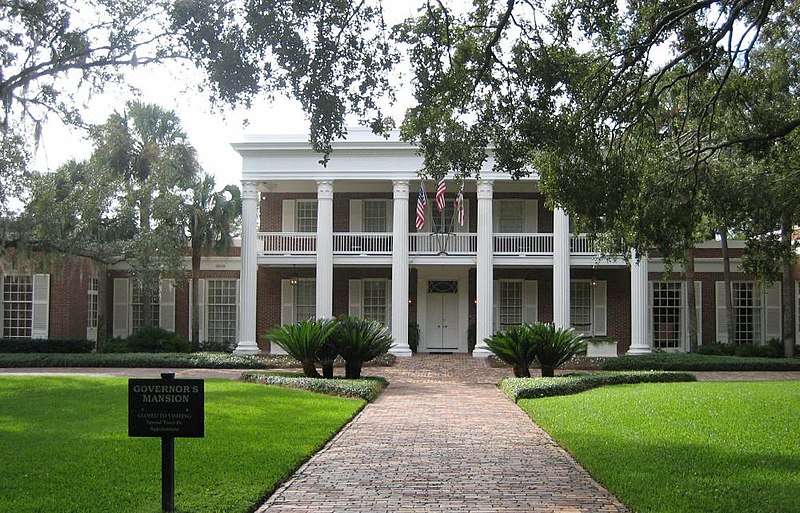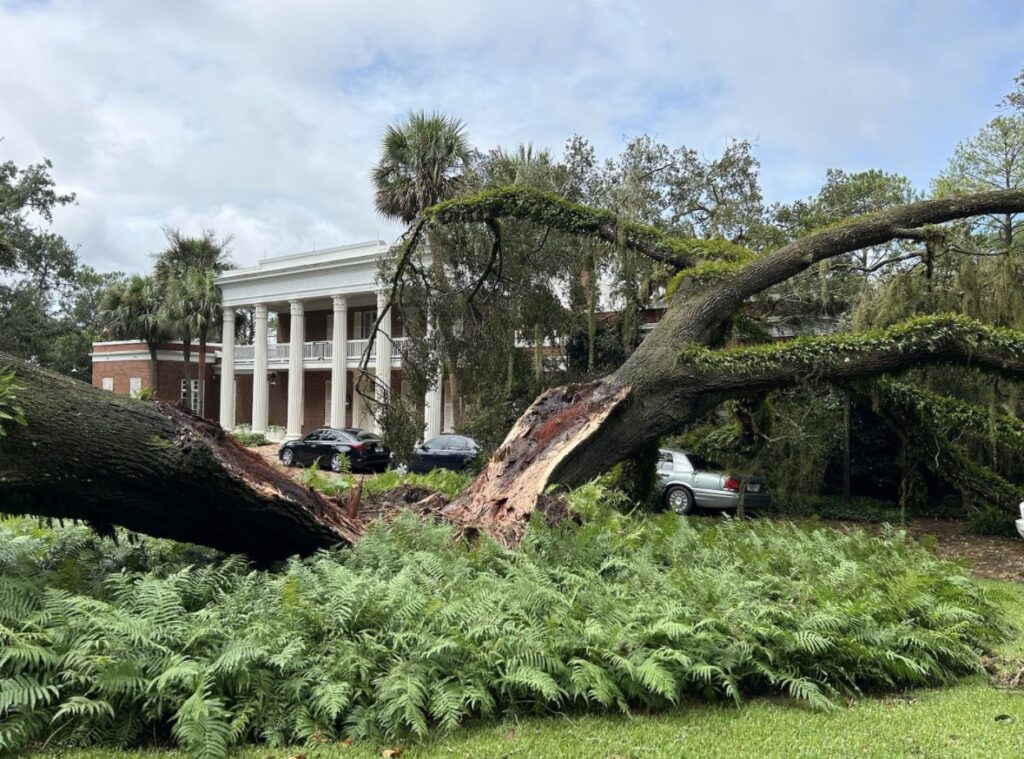The process of becoming a governor varies from one jurisdiction to another, so there isn’t a fixed timeframe for acquiring a governor’s residence. Typically, becoming a governor involves winning an election or being appointed by a higher authority, such as the president or a regional governing body.
Once elected or appointed, the governor may move into the official governor’s residence provided by the state or region, if there is one. The time it takes to become a governor can be different for everyone. It depends on things like the politics in the area, how someone’s career is going, and what’s needed to become a governor.
It could range from a few months to several years, depending on the circumstances.
How do Factors Affect Acquisition Time for a Governor’s House?

The acquisition time for a governor’s house can be influenced by various factors, including:
Location and Availability
Proximity to urban centers or historical significance can affect availability and price. Demand for properties in certain regions may influence acquisition time.
Accessibility to amenities and infrastructure could impact desirability and, consequently, acquisition time. Competition among potential buyers in a sought-after location can prolong the acquisition process.
Budget and Funding
Adequate funding is crucial for acquiring a governor’s house, whether through personal finances, loans, or grants. Availability of financing options and the approval process can affect the timeline.
Negotiating terms with lenders or investors may extend the acquisition process. Financial constraints might require additional time for fundraising or budget adjustments.
Legal and Regulatory Processes
Compliance with zoning laws, historic preservation regulations, and environmental requirements can significantly impact acquisition time. Obtaining permits and approvals from local authorities may involve bureaucratic delays.
Due diligence in title searches and property surveys is essential but can add time to the acquisition process. Resolving legal issues such as property disputes or encumbrances can cause delays.
Construction or Renovation Requirements
Assessing the condition of the property and determining necessary renovations or construction can affect the acquisition timeline. Hiring architects, contractors, and other professionals for design and planning may take time.
Obtaining permits for renovations or new construction may involve a lengthy approval process. Unforeseen challenges during renovation or construction, such as delays in material procurement or adverse weather conditions, can extend the timeline.
What is the Detailed Timeline Breakdown for Obtaining a Governor’s House?

The timeline for obtaining a governor’s house can vary depending on factors such as market conditions, location, and specific requirements. However, here’s a generalized breakdown of the steps involved in acquiring a governor’s house:
Pre-Purchase Phase
Conducting thorough research on available governor’s houses in desired locations. Identifying specific requirements and preferences for the property.
Assessing the historical significance, architectural style, and condition of potential properties. Developing a comprehensive plan outlining the steps involved in the acquisition process.
Budgeting and Financing
Determining the financial resources available for acquiring and potentially renovating a governor’s house. Evaluating various financing options, including loans, grants, and fundraising efforts.
Creating a detailed budget that accounts for the purchase price, closing costs, renovation expenses, and any additional fees or contingencies.
Legal Due Diligence
Conducting thorough due diligence to verify the legal status and ownership of the property. Reviewing title documents, property surveys, and any existing liens or encumbrances.
Consulting legal experts to ensure compliance with zoning regulations, historic preservation requirements, and other legal considerations.
Addressing any potential legal issues or concerns before proceeding with the acquisition.
Searching for Available Properties
Utilizing various channels, such as real estate listings, historical societies, and government agencies, to identify available governor’s houses. Visiting potential properties to assess their suitability and condition.
Engaging with real estate agents, brokers, or property owners to gather additional information and schedule viewings.
Negotiation and Purchase Agreement

Initiating negotiations with the seller to agree on the purchase price and terms. Drafting a purchase agreement that outlines the rights and responsibilities of both parties.
Conducting inspections and appraisals to ensure the property meets expectations and justifies the agreed-upon price. Finalizing the purchase agreement and obtaining necessary signatures from all parties involved.
Closing Process
Completing the necessary paperwork and documentation to finalize the sale. Arranging for financing, if applicable, and ensuring all closing costs are accounted for.
Coordinating with legal professionals to facilitate the transfer of ownership and ensure compliance with all legal requirements. Closing the transaction and officially taking possession of the governor’s house.
Renovation or Construction
Developing detailed renovation plans and obtaining necessary permits and approvals. Hiring contractors, architects, and other professionals to execute the renovation or construction work.
Managing the renovation process to ensure quality, timeliness, and adherence to budgetary constraints. Addressing any unexpected challenges or changes that arise during the renovation process.
Permitting and Approval Processes
Obtaining permits for any renovation or construction work from relevant local authorities. Adhering to historic preservation guidelines and other regulatory requirements.
Addressing any concerns or objections raised by regulatory agencies or community stakeholders. Ensuring all necessary approvals are obtained before proceeding with renovation or construction activities.
Moving-In and Occupancy
Completing the renovation or construction work and preparing the property for occupancy. Coordinating logistics such as furniture delivery, utilities setup, and landscaping.
Conducting final inspections to ensure compliance with safety and building codes. Officially moving into the governor’s house and beginning to enjoy its amenities and historical significance.
FAQ’s
Who lives at government house?
Typically, government officials or dignitaries live at Government House.
Does the Governor-General live in Government House?
Yes, the Governor-General often resides in Government House in various countries.
Does anyone live in Government House Melbourne?
Yes, the Governor of Victoria typically resides in Government House Melbourne.
Who lives at Government House Sydney?
The Governor of New South Wales and their family usually reside at Government House Sydney.
Where does the Governor live in Sydney?
The Governor of New South Wales resides in Government House Sydney.
Final Words
Getting a governor’s house has three main parts. First, you need to plan and research carefully. Then, you find a house you like, negotiate with the seller, and finalize the deal. After buying, you might need to fix up the house, get permits, and then move in. Understanding these steps helps make getting a governor’s house easier and more enjoyable.
